Choosing the ingredients is the most important step in making nem chua. You should choose lean meat from the thigh or butt because they are both soft and have little fat. In particular, the pork must be fresh and hot right out of the oven.
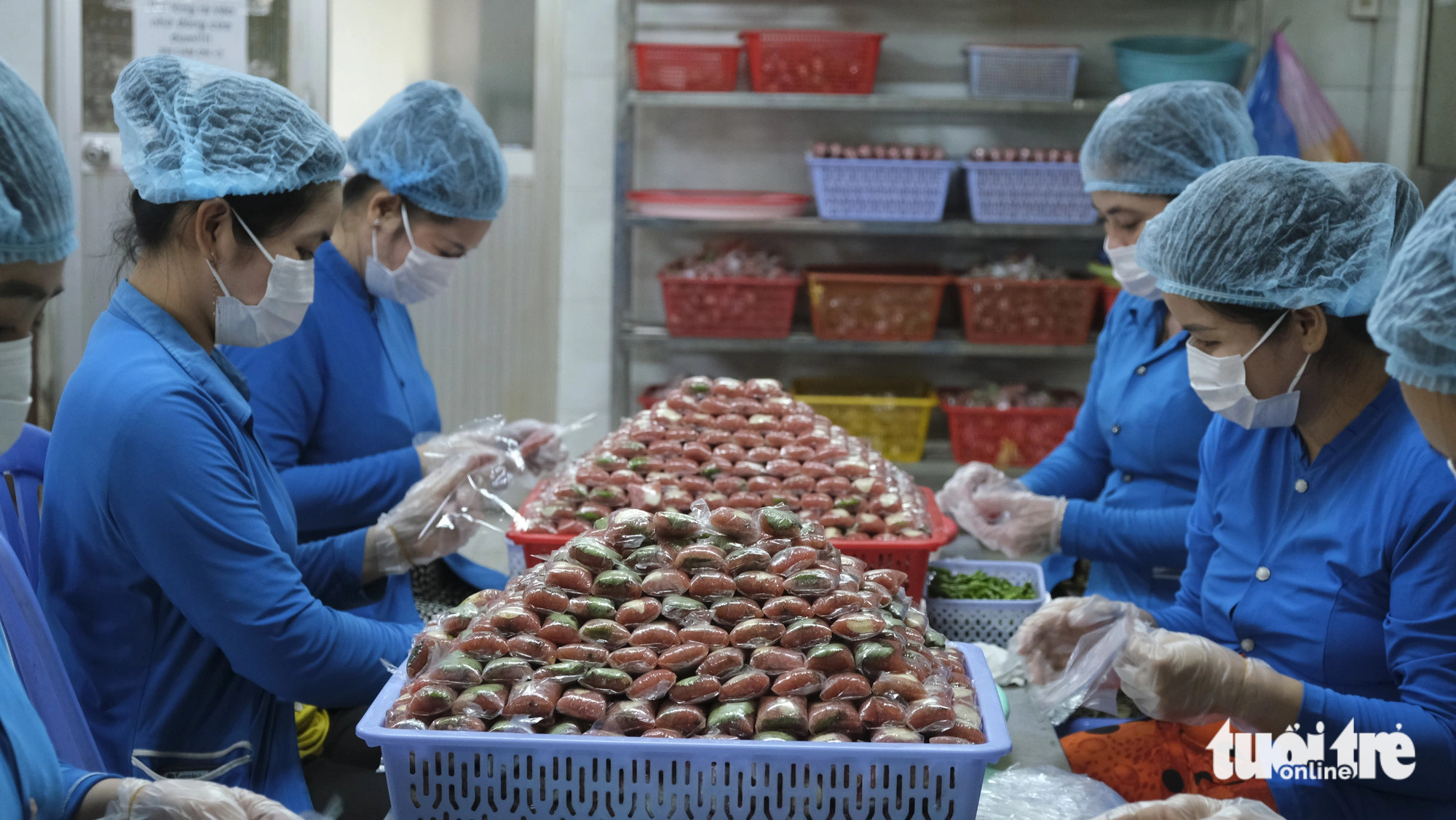
Wrapping fermented pork rolls at the Hoang Khanh fermented pork roll facility, Tan Thanh commune, Lai Vung district, Dong Thap province - Photo: DANG TUYET
Nem Lai Vung is a delicious specialty of Dong Thap province. Every time tourists pass through the West, they often stop to buy nem at rest stops, ferry terminals across the river, and stalls along the national highway.
Nowadays, with the convenience of transportation, Lai Vung spring rolls are transported further out of the West, present in all provinces and cities across the country. In particular, finished spring rolls can be stored in the refrigerator for gradual use within a month.
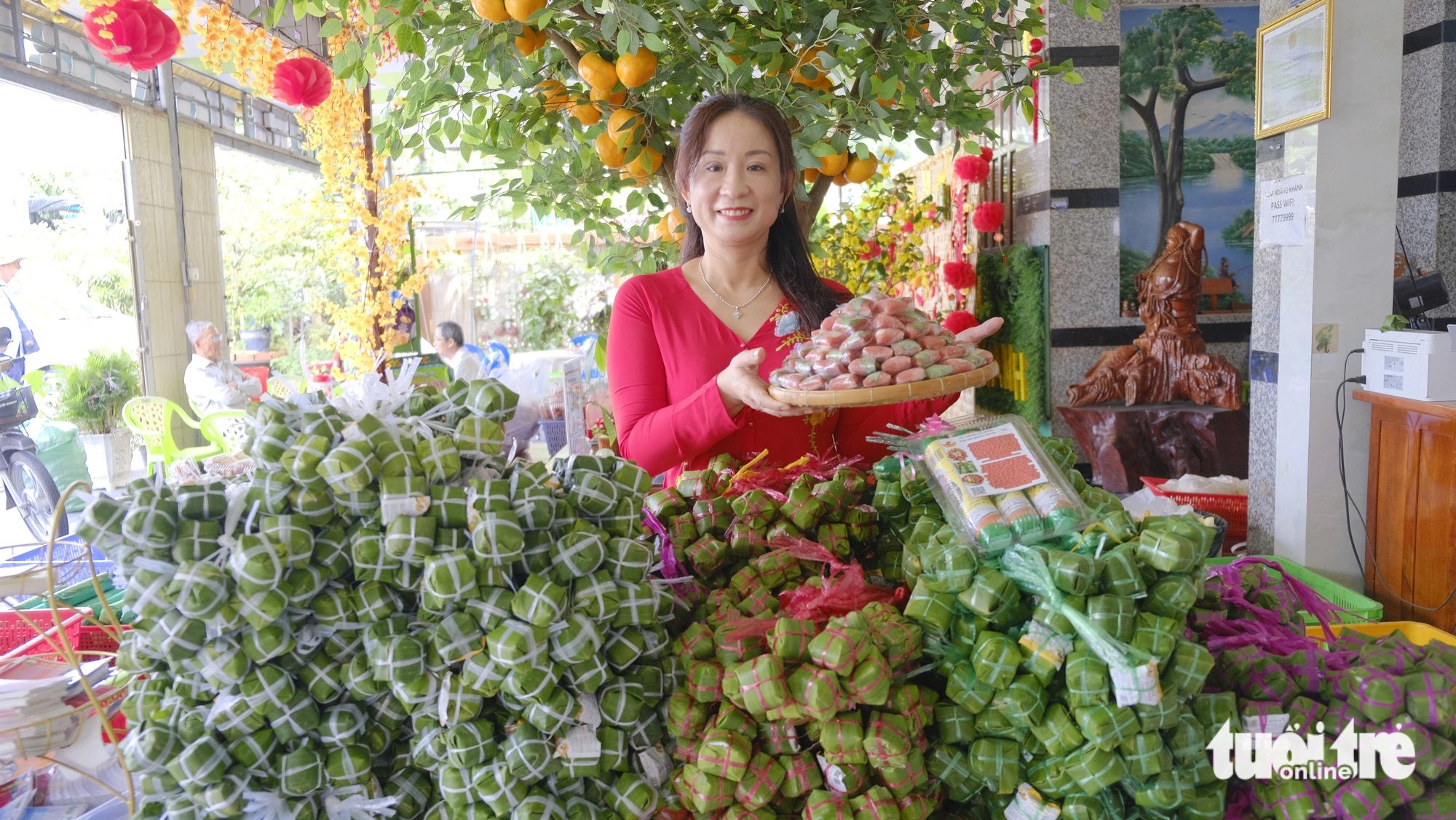
Ms. Dang Thi Ngoc Thuy has over 20 years of experience making Lai Vung spring rolls - Photo: DANG TUYET
How to choose pork skin to make Lai Vung spring rolls?
Ms. Dang Thi Ngoc Thuy, owner of Hoang Khanh Nem establishment (Tan Thanh commune, Lai Vung district, Dong Thap province), is one of the artisans of Lai Vung Nem making village - a national intangible heritage.
With more than 20 years of dedication and experience in making spring rolls, from being a hired worker to becoming the owner of a famous spring roll factory, Ms. Thuy is proud to be one of the people who contributed to spreading the reputation of this local specialty far and wide.
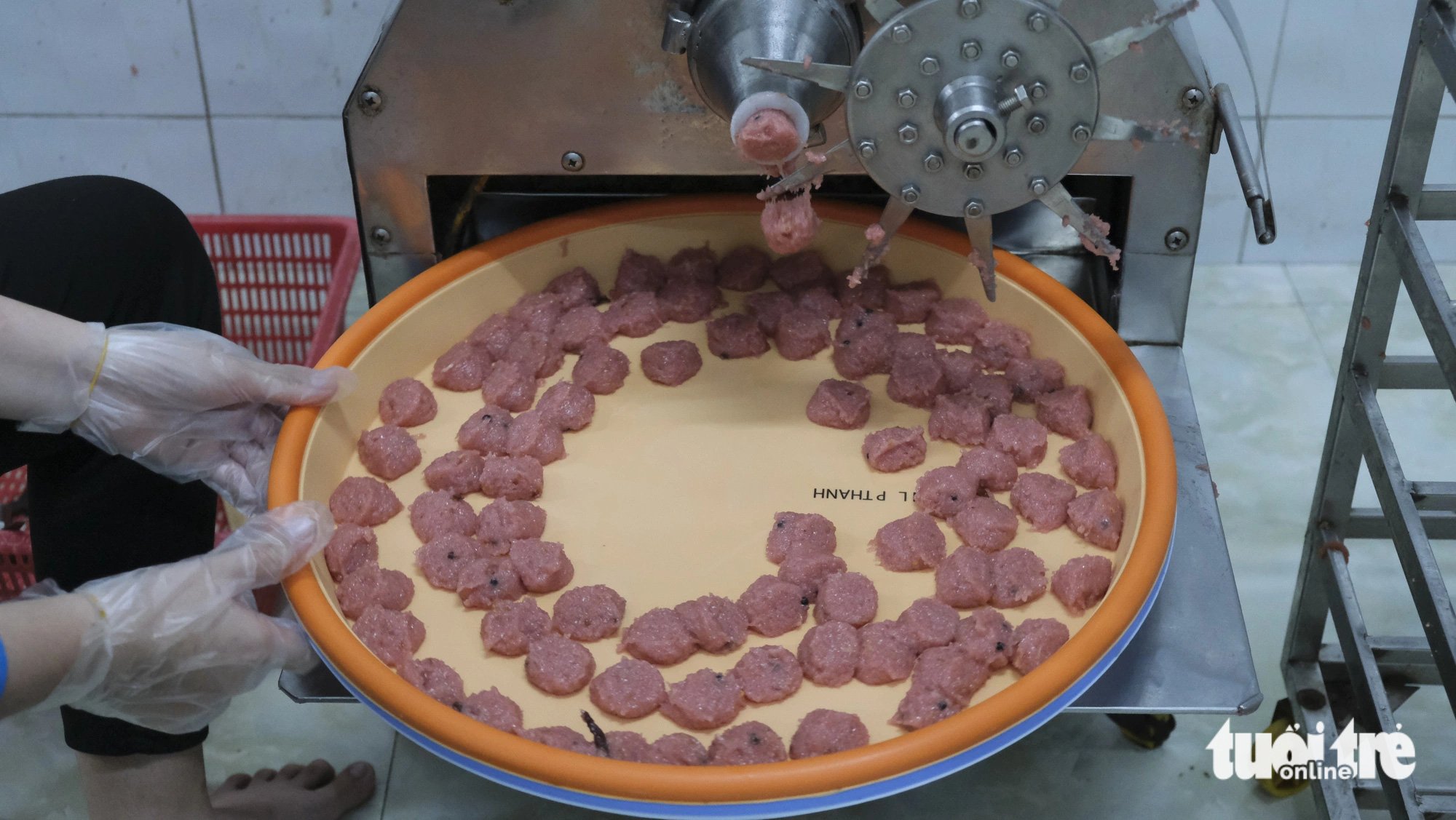
The measuring machine cuts spring rolls into equal pieces - Photo: DANG TUYET
Asked about the secret to making Lai Vung spring rolls, Ms. Thuy said that choosing the ingredients is the most important step in making sour spring rolls. You should choose lean meat from the thigh or butt because they are both soft and have little fat. In particular, the pork must be fresh and hot right after being baked.
For pig skin, you must choose skin from the body to ensure crispness. Do not choose sow skin because it will be tough.
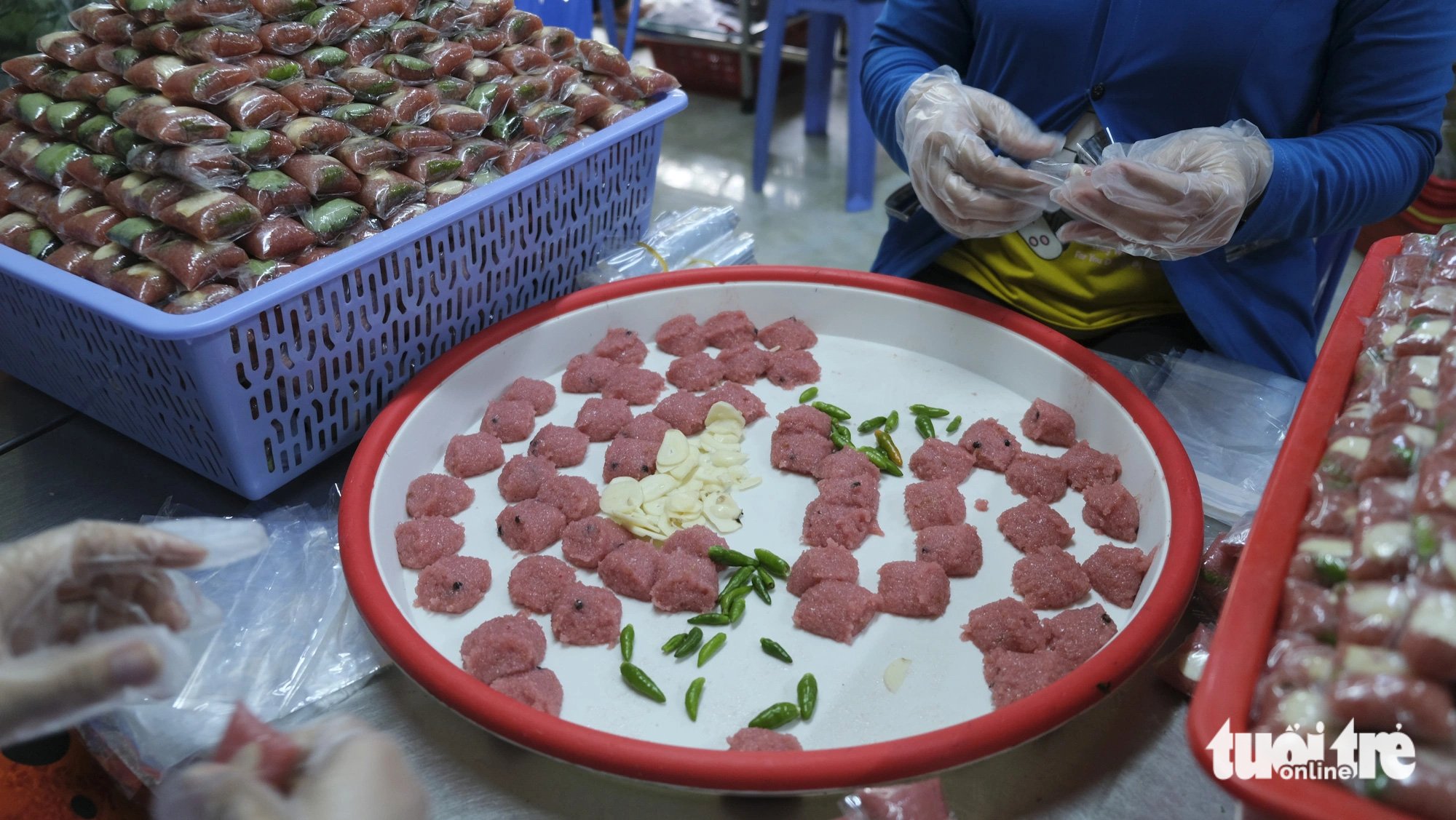
Step 1: Wrap spring rolls with plastic wrap - Photo: DANG TUYET
Ingredients for making nem chua include: Main ingredients are minced lean meat and pork skin; spices (sugar, salt, pepper, fish sauce); garlic, chili, vông leaves or star gooseberry leaves; some other additives.
The preparation is quite simple: remove the fat and tendons from the meat and grind it, then marinate with spices; boil the pork skin, clean, separate the fat, and grind it into fibers.
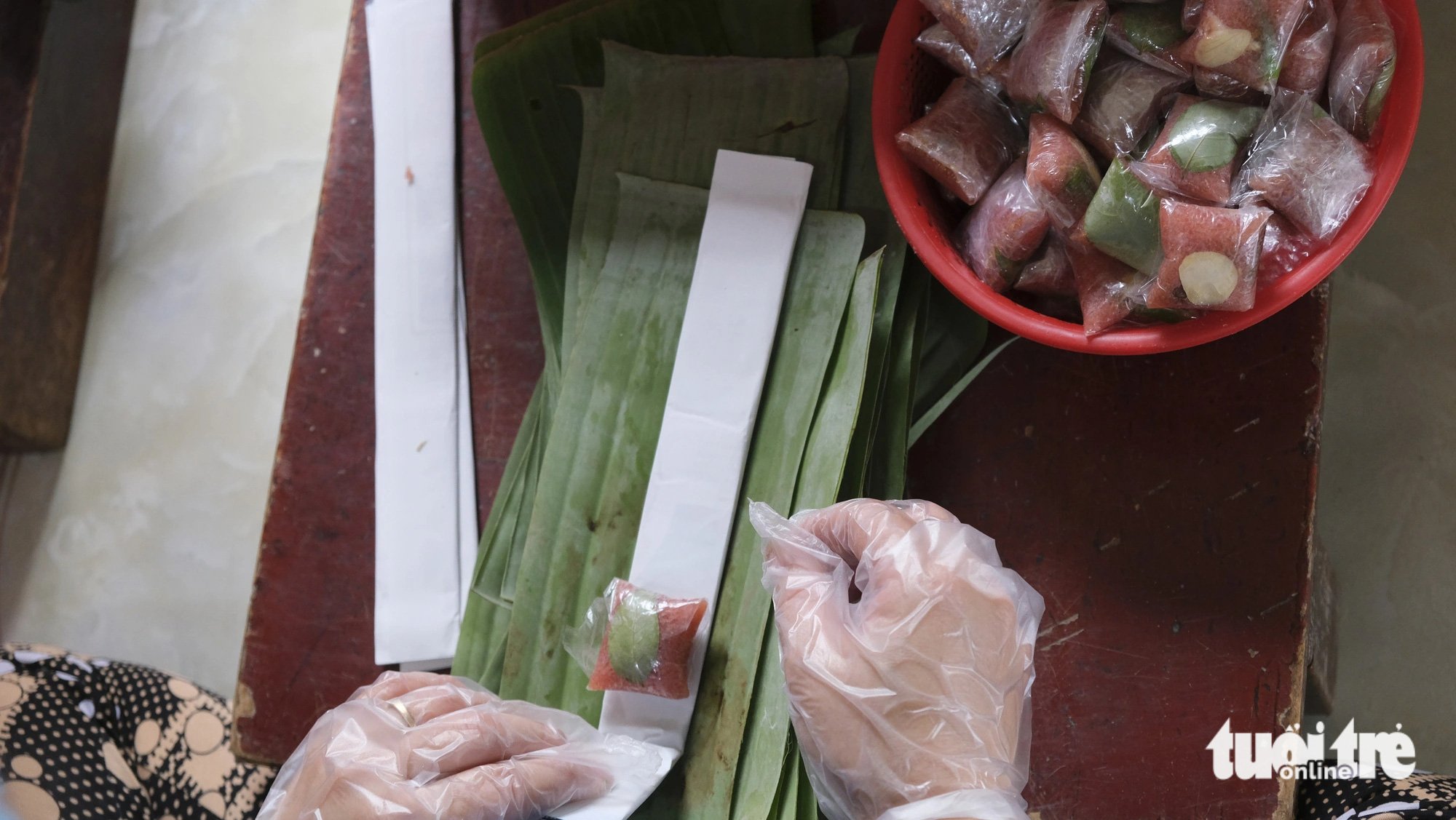
Step two: Wrap spring rolls with banana leaves, then tie them into bunches of 10 - Photo: DANG TUYET
Next, mix the minced meat with the shredded pork skin. During this process, add fried garlic, dried chili, and pepper to create a spicy aroma for the dish.
Measuring and packaging spring rolls: use a measuring machine to cut spring rolls into equal pieces and then wrap the spring rolls evenly and beautifully.
When wrapping spring rolls, add a slice of garlic, star gooseberry leaves or vông leaves, and a green chili pepper to enhance the flavor of the spring rolls.
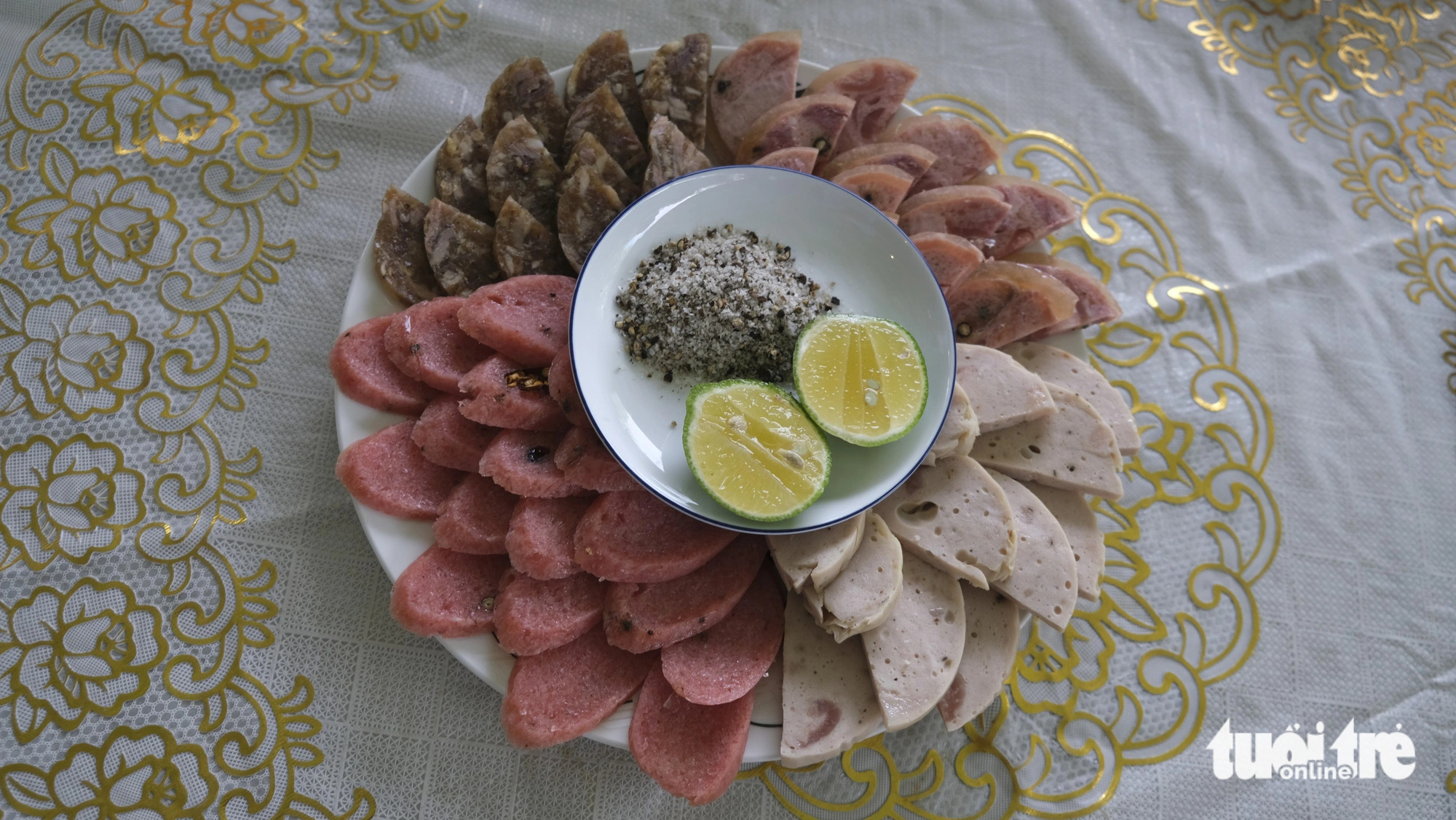
Nem chua, nem bi, cha lua, pate are often eaten with vermicelli, wet rice paper, rice rolls, bread or as appetizers at parties - Photo: DANG TUYET
To preserve for a long time, the spring rolls will be wrapped in an extra layer of cellophane paper inside and a layer of banana leaves outside. After wrapping the spring rolls in banana leaves, tie them into bunches of 10 or put them in boxes of 10, which is more compact and easier to preserve.
After about 3-4 days, the finished nem is ripe and ready to eat. Garlic, chili, and star fruit leaves are wrapped to enhance the flavor. When eaten, the spicy taste of garlic, chili, and the sour taste of star fruit leaves are an indispensable part of nem chua.
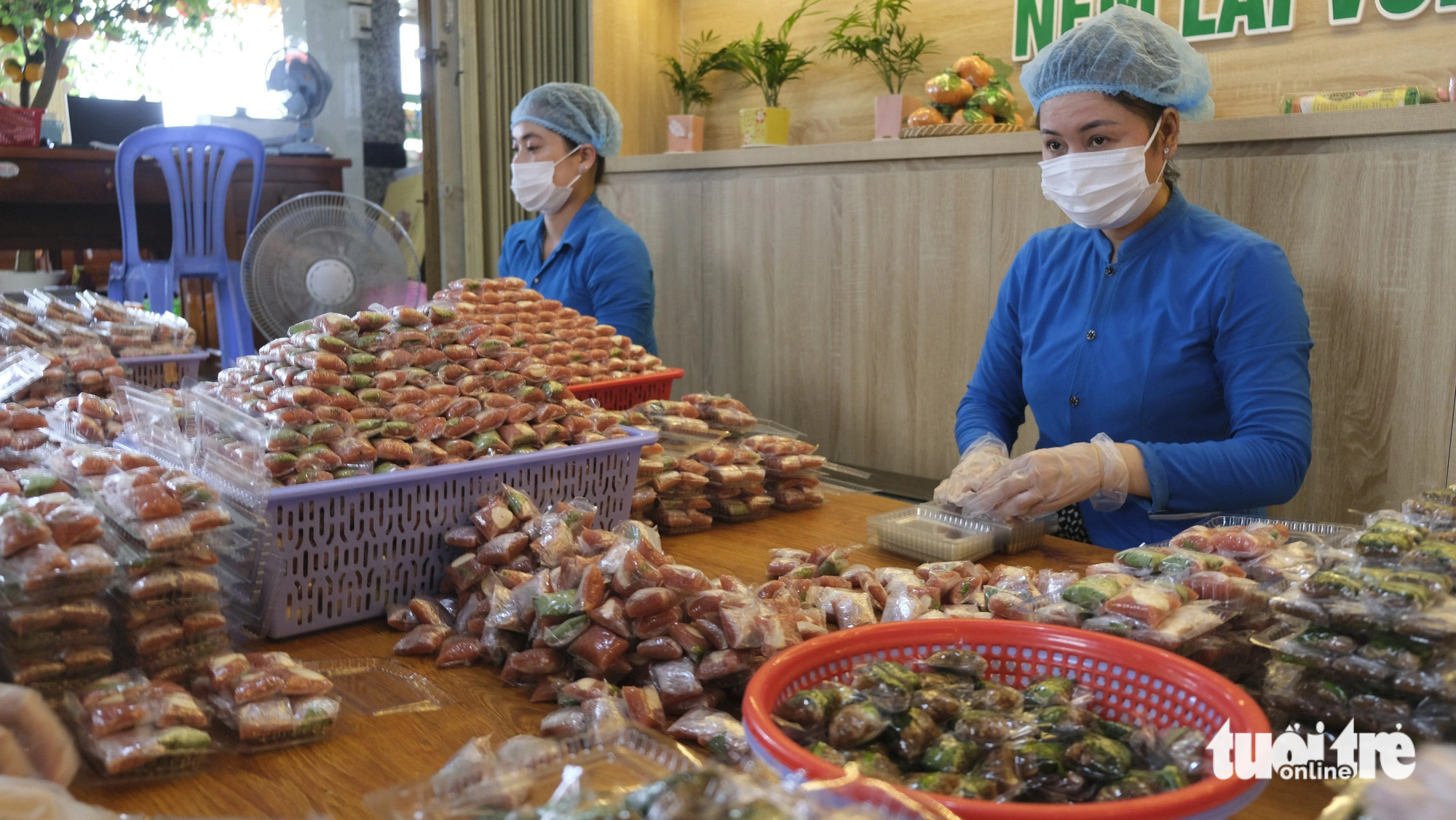
Canned nem chua and nem bi - Photo: DANG TUYET
In addition to the specialty nem chua, today, establishments have processed dozens of other types such as: nem que, bi dai, bi coc, cha lua, pate, nem nuong... with many sizes to meet the diverse tastes of users.
In addition to being eaten directly, Nem chua can also be combined with cha in dishes such as wet rice paper, rolled rice paper, grilled spring roll vermicelli, spring roll salad, and spring roll bread.
Currently, Lai Vung district has over 20 spring roll production facilities, famous ones such as Giao Tho, Ut Thang, Co Hiep, Hoang Khanh... Every day, tens of thousands of spring rolls are produced to supply the market, during the holidays, the output increases 3-4 times.
Source: https://tuoitre.vn/nem-lai-vung-dac-san-mien-tay-ngon-the-bi-quyet-nhu-nao-ban-da-nghe-chua-2025010817461644.htm


![[Photo] General Secretary To Lam concludes visit to Russia, departs for Belarus](https://vphoto.vietnam.vn/thumb/1200x675/vietnam/resource/IMAGE/2025/5/11/0acf1081a95e4b1d9886c67fdafd95ed)


![[Photo] General Secretary To Lam arrives in Minsk, begins state visit to Belarus](https://vphoto.vietnam.vn/thumb/1200x675/vietnam/resource/IMAGE/2025/5/11/76602f587468437f8b5b7104495f444d)

![[Photo] General Secretary To Lam meets and expresses gratitude to Vietnam's Belarusian friends](https://vphoto.vietnam.vn/thumb/1200x675/vietnam/resource/IMAGE/2025/5/11/c515ee2054c54a87aa8a7cb520f2fa6e)
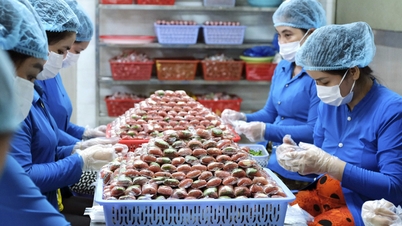

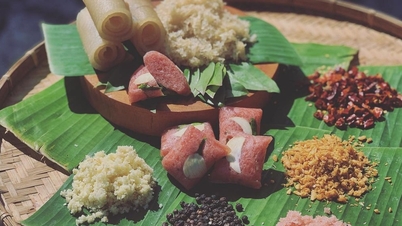


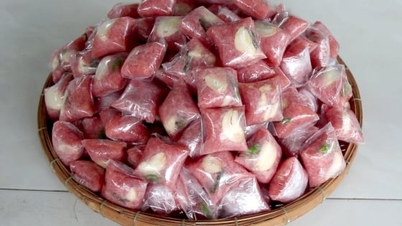

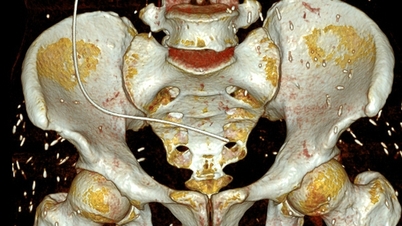


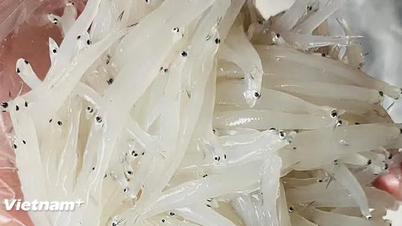
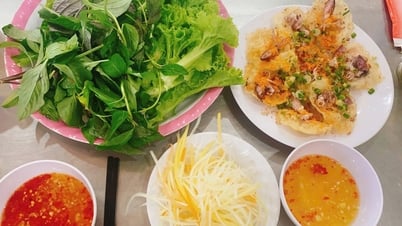














![[Photo] National Assembly Chairman Tran Thanh Man attends the Party Congress of the Committee for Culture and Social Affairs](https://vphoto.vietnam.vn/thumb/1200x675/vietnam/resource/IMAGE/2025/5/11/f5ed02beb9404bca998a08b34ef255a6)






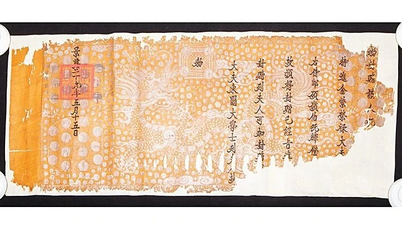






































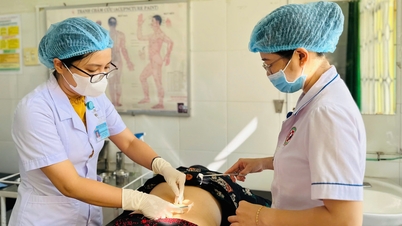









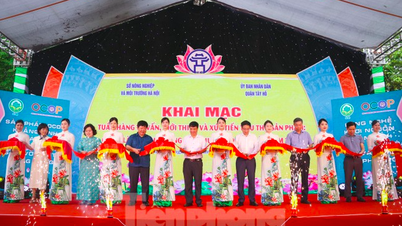

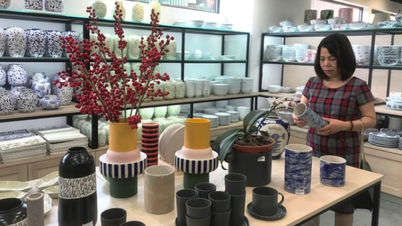




Comment (0)